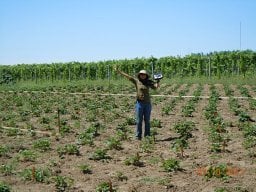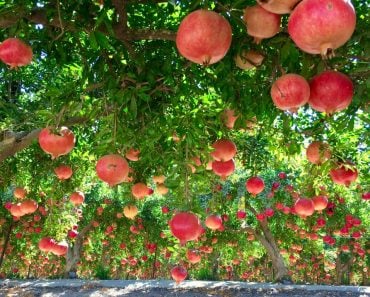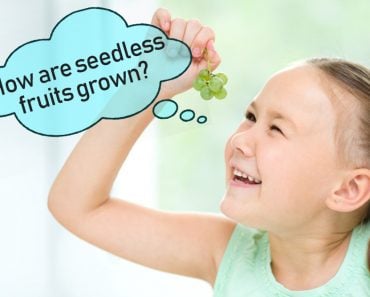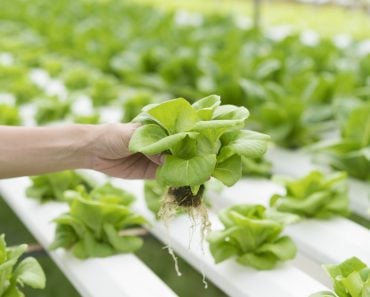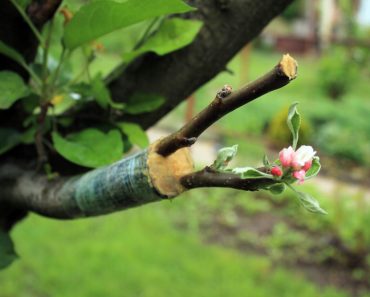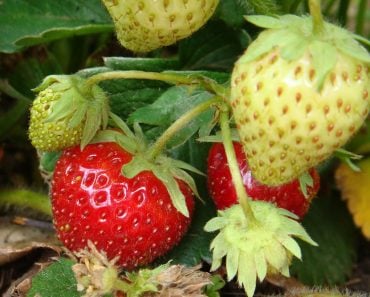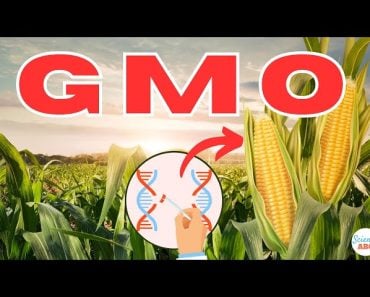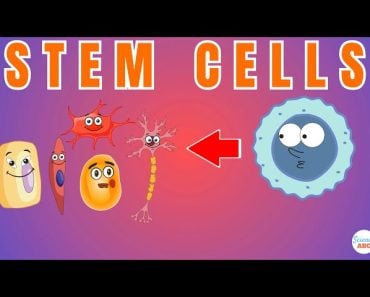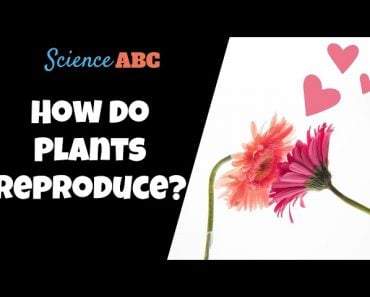Table of Contents (click to expand)
As it turns out, yes! Scientists are working on taking a small part of a plant and turning its cells into a fruit using a technology called plant cell culture (PCC). The technology may even become commercialized for everyone’s kitchens.
Land is far more valuable than most of us think. 99.7% of the food that feeds the 8 billion of us on this planet comes from the land.
Saying that, our land resources are already overworked to provide food for us. Progressive soil degradation and salinization further reduces the land available for agriculture. With the rapid growth of urban areas, the land available for agriculture is shrinking faster than ever.
To feed the estimated 1.7 billion new people that will populate the Earth by 2050, we must be creative with our solutions. One creative and still experimental solution is growing fruits without needing trees, thereby using less agricultural land.
That’s exactly what some researchers are trying to do through Plant Cell Culture (PCC) technology.
Recommended Video for you:
What Is Plant Cell Culture (PCC) Technology?
Plant Cell Culture technology utilizes the ability of a single plant cell to produce multiple cells. In the lab, we can influence these cells to become a cell from different parts of the plant: a fruit cell, a leaf cell, or a root cell— provided we give the cells the right nutrients and plant hormones.
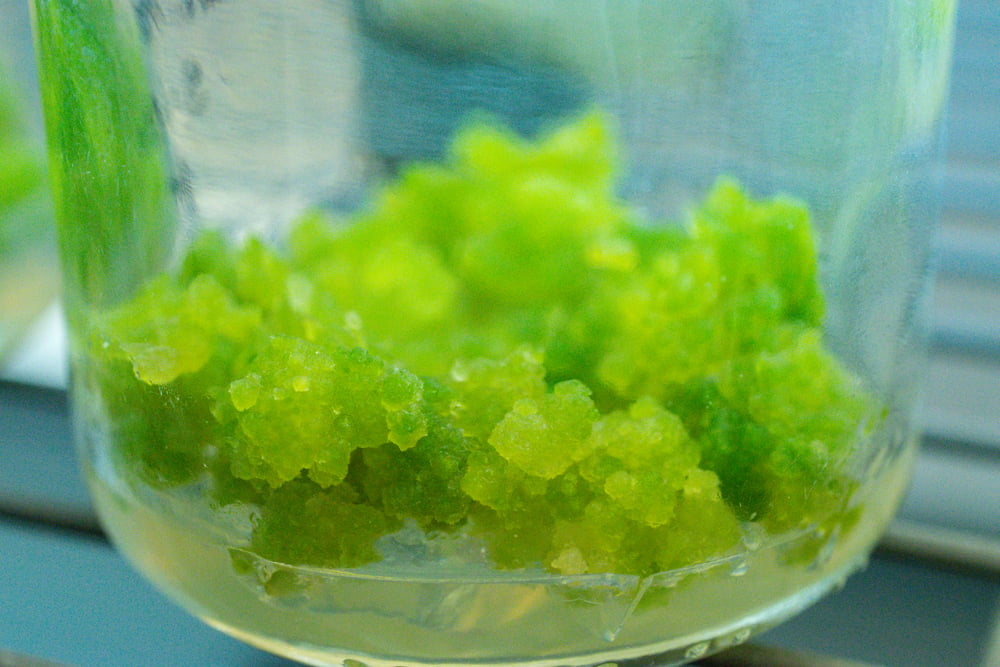
To make these cells, scientists place a small part of the plant in a nutrient medium with specific plant hormones. They are then incubated at optimum temperature and light.
Within weeks, a mass of proliferating new cells (called a callus, as shown in the picture) is formed.
The pharmaceutical and cosmetic industry already use this technique to produce phytochemicals, a type of compound that only plants synthesize. This means they don’t have to grow the whole plant to get the useful part!
When it comes to food, cell-based meat and seafood hold great promise for many as a sustainable option and has support from the vegan movement and those with an eye towards sustainable alternative proteins. However, cell-based fruit production remains a new concept.
Fruits Without Trees
A group of researchers at the VTT Technical Center in Finland produced cell masses of cloudberry (Rubus chamaemorus), lingonberry (Vaccinium vitis–idaea), and stoneberry (Rubus saxatilis) in the lab using PCC technology. More recently, they’ve produced cell masses of Rowan (Sorbus aucuparia) and Arctic Bramble (Rubus arcticus).
In their initial analysis, they concluded that the samples had flavors that resembled the fresh fruits. In fact, the flavor in dried samples was even more intense than in fresh samples. The nutrient content of the fruit cells was even better than the fruits growing on the plants!
The color of the cloudberry and lingonberry cells resembled the fruit. Stoneberry cells, however, had a yellowish tone, although the fruits are red. Fresh cells also had a sandy texture, but freeze-dried cells made the texture more fruit-like.
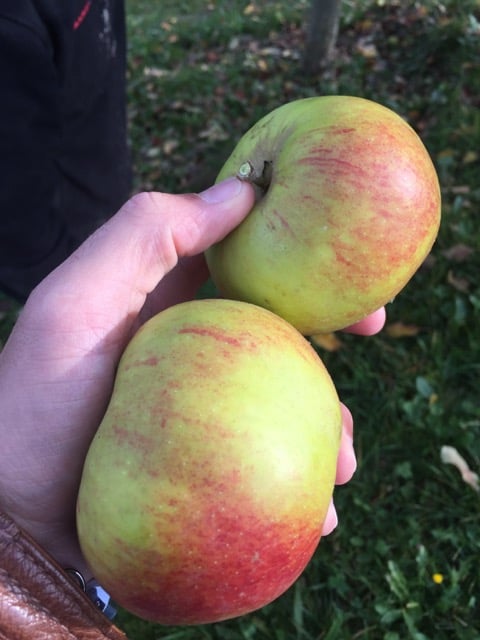
Similarly, researchers at Plant and Food Research, New Zealand, are working with cells of fruits such as blueberries, apples, cherries, feijoas, peaches, nectarines, and grapes. They are working on culturing plant cells in the lab to grow fruit from the cells, without a tree. The goal is to create a cell-based fruit that has the texture, appearance, and taste of fruits that we are familiar with. This program was started less than two years ago and we are still waiting for the results.
However, growing fruit cells with PCC is not a new concept. Biomass from apple fruit cell cultures is used by European commercial manufacturers for food supplements and anti-aging products. The Swiss apple variety Uttwiler Spätlauber is known to have extended post-harvest life. The skin of these apples does not shrivel when stored for long periods. Since it is a rare apple variety, fresh cells are not available in high volumes. Cultured cells of this apple variety are therefore used in anti-aging cosmetic products.
PCC In The Kitchen
So far, this technology has stayed in the labs, but a few companies are trying to bring it to our kitchen counters.
How can the process of fruit cells growing in a lab be replicated in our kitchens?
Using something called a bioreactor! Still in the prototype stages, these bioreactors are small (the size of a table lamp) and can grow up to 2 cups of cell culture in a week. You could eat the fruit cell culture with yogurt, with smoothies, or even as-is. However, plant cells grown in labs have thus far been very bland. Making the best of the situation, the researchers turned it into a ‘jam’, which brought out the flavors from the crushed cells.
Such a bioreactor in the kitchen would give people easy access to fresh local food, and would bring the ‘eat local’ movement to an entirely new level. It would also help diversify our diet, as the bioreactor would be able to grow any species, regardless of the local environment.
It might be tough to visualize a lump of cells as a fruit. Researchers envision that instead of PCC-grown fruit cells becoming a replacement fruit, they would be better placed as a new food item, such as an ingredient in smoothies or breakfast cereals.
Conclusion
PCC-based food could be more sustainable than vertical farming and greenhouse technologies, as the entire biomass is harvested and used, without leaving any waste behind. The process also does not depend on seasons and geography, as the entire production is done indoors under artificial light and heating. However, whether or not it can be economically profitable and environmentally sustainable remains to be seen.
The concept of kitchen bioreactors to grow cups of fruit cells at home is a novel concept and may hold promise if it turns out cost-effective and easy to maintain. As with all food items, regulatory approval can be a challenge.
As for the success of this technology as an alternative to fruit orchards, which take up land and have a significant environmental footprint… only time will tell.
References (click to expand)
- Nordlund, E., Lille, M., Silventoinen, P., Nygren, H., Seppänen-Laakso, T., Mikkelson, A., … Rischer, H. (2018, May). Plant cells as food – A concept taking shape. Food Research International. Elsevier BV.
- Ritala, A., Heiniö, R.-L., Häkkinen, S. T., Lille, M., Hyytiäinen-Pabst, T., & Rischer, H. (2022, July). Tailoring sensory properties of plant cell cultures for food use. Food Research International. Elsevier BV.
- The state of the world's land and water resources for food ....
- THE LAND IN NUMBERS.
- New Zealand scientists trialling lab-grown plant cell fruit ....
- Cell-based fruit: Researchers combine plant biology and ....
- In the Future, Will We Be Growing Fruit in Home Bioreactors?.
- Technical Research Centre of Finland (VTT). (2016, October 13). New kind of local food grows in your own kitchen. ScienceDaily. Retrieved October 10, 2023 from www.sciencedaily.com/releases/2016/10/161013095306.htm
- Suvanto, J., Nohynek, L., Seppänen-Laakso, T., Rischer, H., Salminen, J.-P., & Puupponen-Pimiä, R. (2017, April 5). Variability in the production of tannins and other polyphenols in cell cultures of 12 Nordic plant species. Planta. Springer Science and Business Media LLC.

